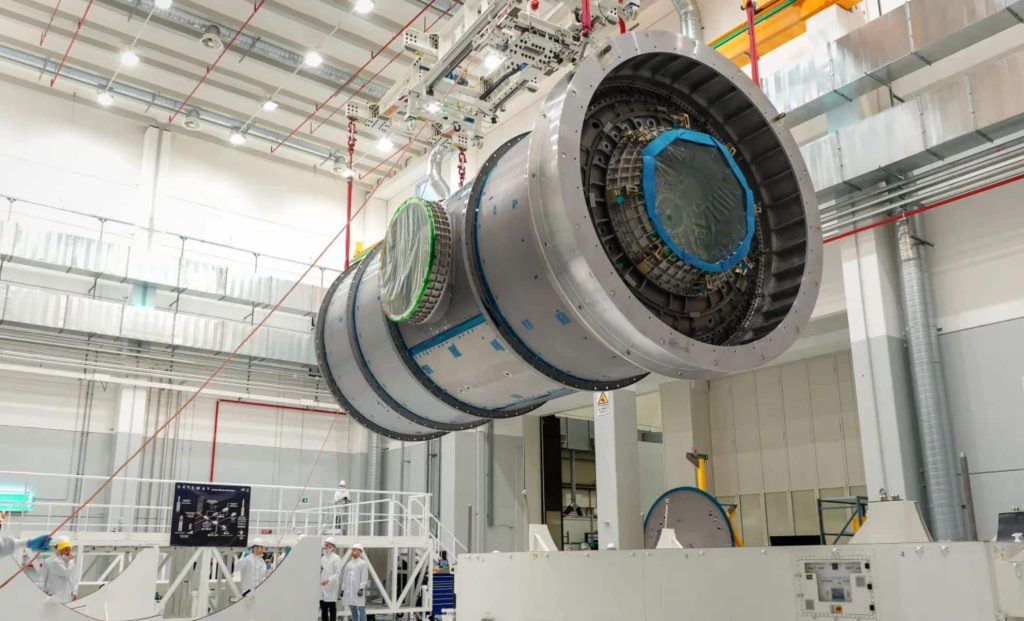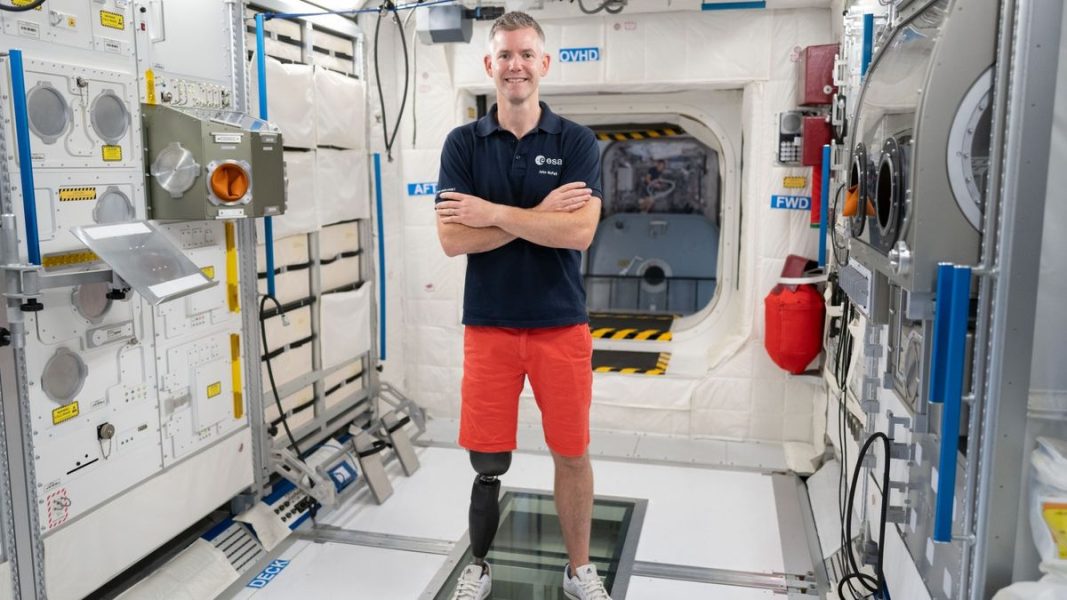NASA’s Artemis Program Takes a Big Leap With the Gateway Lunar Space Station – The Daily Galaxy –Great Discoveries Channel

NASA’s Artemis Gateway is one step closer to reality, marking a major milestone in humanity’s return to the Moon.NASA’s ambitious Artemis program is making steady progress toward its goal of establishing a long-term human presence on the Moon—and at the center of this effort is Gateway, a lunar space station designed to support astronauts, scientific research, and future missions to Mars. This first-of-its-kind space station will orbit the Moon, serving as a staging ground for deep space exploration while advancing our understanding of living and working beyond Earth’s protective atmosphere.The latest milestone in the project comes as NASA and its international partners, including the European Space Agency (ESA) and the Italian Space Agency, report major progress on Gateway’s Habitation and Logistics Outpost (HALO) module. This critical component, designed to house astronauts during their stays aboard Gateway, is nearing completion at the Thales Alenia Space facility in Turin, Italy. Once finalized, it will be transported to Northrop Grumman’s site in Arizona before undergoing final outfitting and testing at NASA’s Kennedy Space Center in Florida.With multiple nations and private companies—including SpaceX, Blue Origin, and Maxar Space Systems—contributing to Gateway, the project represents a global effort to push humanity further into space.NASA has set a target launch date of no later than December 2027 for the Habitation and Logistics Outpost (HALO) and the Power and Propulsion Element (PPE), two critical modules that will form the foundation of the Gateway lunar space station. The PPE will provide solar electric propulsion, making Gateway the most powerful spacecraft of its kind ever flown. Once launched aboard a SpaceX Falcon Heavy rocket, these integrated modules will spend approximately a year traveling uncrewed to lunar orbit, collecting scientific data on deep-space radiation before becoming operational.As NASA detailed in a recent mission update, the project has reached a significant milestone, with hardware development progressing across multiple international facilities. “Building and testing hardware for Gateway is truly an international collaboration,” said Jon Olansen, Gateway Program Manager at NASA’s Johnson Space Center in Houston. “We’re excited to celebrate this major flight hardware milestone, and this is just the beginning—there’s impressive and important progress taking shape with our partners around the globe.”One of these key international contributions comes from the European Space Agency (ESA), which is currently testing its Lunar Link communication system in France. This cutting-edge system will provide high-speed data transmission between the Moon and Gateway, ensuring seamless communication for astronauts and mission control. Additionally, ESA has begun production of Lunar I-Hab, a second pressurized habitation module that will be delivered aboard Artemis IV, further expanding Gateway’s capacity for long-term lunar exploration.With each milestone bringing Gateway closer to launch, NASA and its international partners are laying the groundwork for what will become the first permanent space station orbiting the Moon—a crucial step toward sustained lunar exploration and future crewed missions to Mars.Meanwhile, Maxar Space Systems has made major progress on the Power and Propulsion Element, installing Xenon and chemical propulsion fuel tanks and qualifying the largest roll-out solar arrays ever built. The system will undergo final testing and assembly before its integration with HALO.Once in lunar orbit, Gateway will serve as a scientific hub, a logistics center, and a transportation waypoint for future Artemis missions. The Artemis IV crew will be the first astronauts to board Gateway, arriving aboard an Orion spacecraft to dock the Lunar I-Hab module, further expanding the station’s livable space.SpaceX’s Starship human landing system will then ferry astronauts from Gateway to the Moon’s South Pole, where NASA aims to establish a permanent research outpost. In addition, NASA has partnered with Blue Origin to develop Blue Moon, a second human landing system that will support Artemis V and future missions. This dual-lander approach ensures flexibility and a sustainable cadence of Moon landings, laying the groundwork for eventual crewed missions to Mars.Other international contributions include Canada’s Canadarm3, an advanced robotic arm for external maintenance and cargo handling, and Japan’s JAXA-designed life support systems, batteries, and resupply vehicles. Additionally, the Mohammed Bin Rashid Space Centre (MBRSC) of the United Arab Emirates has begun early design work on Gateway’s Crew and Science Airlock, set to launch on Artemis VI.Beyond supporting Moon missions, Gateway will serve as a testbed for deep-space exploration, gathering crucial data on space weather and radiation. Understanding these harsh environmental conditions is essential for preparing future crews to endure the months-long journey to Mars.Three initial radiation-focused investigations are already planned aboard Gateway, studying how solar and cosmic radiation affects both astronauts and spacecraft systems. These studies will help engineers design better shielding and life support for the next generation of deep-space vehicles.Additionally, Gateway’s docking ports will allow various commercial and international spacecraft to visit, expanding opportunities for research, resupply missions, and technological demonstrations that will be critical for interplanetary travel.Comment Save my name, email, and website in this browser for the next time I comment.
© 2024 | Daily Galaxy | All rights reserved
Source: https://dailygalaxy.com/2025/02/nasas-artemis-gateway-lunar-space-station/






